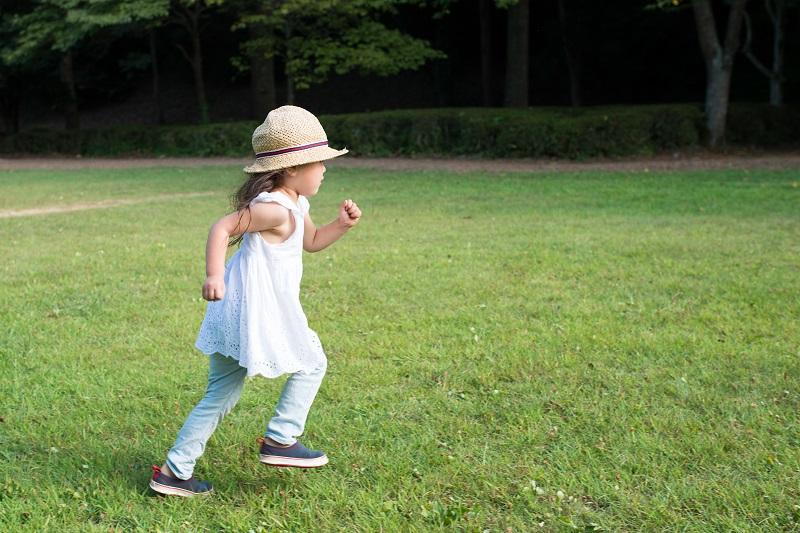Obstacles to physical activities: how to overcome them
Common obstacles to physical activity for children
To grow and develop well through childhood, children of different ages need different amounts and types of physical activity each day.
But there are some common obstacles to children’s physical activity:
- long periods of sitting still
- the environment around your home
- busy family schedules
- screen time.
The good news is that there are simple, practical and fun ways to overcome all of these obstacles and get more physical activity into your child’s day.
Avoiding long periods of sitting still
Being restrained or sitting still for too long can stop young children getting enough physical activity.
One way to overcome this obstacle is to let your child walk, move about or use a bike, scooter or push-along toy when you’re going somewhere. It might make your trip a bit slower, so plan ahead and give yourself plenty of time to get where you’re going.
There will be times when your child needs to be still or just wants to do something less active like reading and storytelling, singing, doing puzzles or playdough, and so on. Quiet activities and downtime are important too.
But if you think your child has been still for too long, you could encourage your child to get up and move. For example, a dance around the family room, a few star jumps or a bounce on the trampoline can break up a period of sitting still.
Finding space for physical activity
Sometimes the environment around your home can make physical activity more challenging.
For example, you might not have a lot of play space at home. Many parents also worry about the safety of their neighbourhoods, so children don’t spend much time playing together in the street or in parks. And some suburbs don’t have schools and shops within walking distance of home.
To overcome some of these obstacles you could:
- take your child to a park, sports field, beach, friend’s or family member’s house, library, school, community centre or other place with space to play
- talk to neighbours with other young children about sharing supervision outside or on the street
- park or get off the bus or train a little bit further from where you’re going, and walk the rest of the way with your child.
Adjusting busy family schedules
Busy family schedules can also get in the way of finding time to be physically active with children.
To overcome this obstacle, you might be able to:
- adjust your schedule so you can walk or ride with your child to child care or school one or two days a week
- make time for physical activities like kicking a ball or playing in the park with your children when you’re not working.
You could also talk with other parents or people in your community about helping each other. For example, you could take turns to supervise a group of children playing actively outside or walking to child care or school on different days.
Balancing screen time with other activities
Screen time is a normal part of life for most children, but sometimes it can mean children sit still for too long.
It’s all about balance. Screen time can be part of a healthy lifestyle when children also do lots of other activities, like physical activity, reading, creative play and social time with family and friends.
These seven tips can help you balance toddler and preschooler screen time and school-age screen time:
- Make rules about screen use.
- Aim for short screen time sessions.
- Get your child moving, especially outside.
- Encourage your child to imagine and create.
- Encourage play and friendship with others.
- Avoid screen time before bed.
- Keep screens out of bedrooms at night.
And when your child does have screen time, why not use screen time to get your child moving? For example, you can try things like:
- planning a walk with your child using a digital map
- videoing your child learning a new skill like skipping rope, and replaying the footage so your child can see himself learning
- choosing video dance games or virtual sports simulators for your child.
Current national and international guidelines recommend that children under two years don’t have screen time.
This article was published with permission from raisingchildren.net.au

